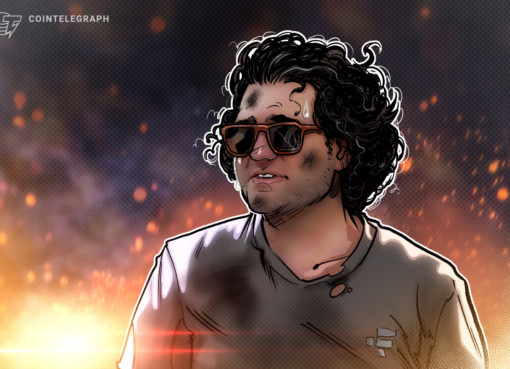- Many lost jobs in the U.S. are unlikely to recover due to disruptions in supply chains and consumer demand.
- A study from the University of Chicago suggests that even a vaccine may not aid economic recovery.
- Nobel laureate Joseph Stiglitz predicts double-digit unemployment until 2022.
When the U.S. recovers from the coronavirus pandemic and reopens the economy, you might not be getting your jobs back as soon as you’d like.
Various studies show three ongoing themes: a medium-term demand problem, a large percentage of jobless claims will likely become permanent, and the U.S. expects to see a double-digit unemployment rate in the next two years.
Let’s break down these three reasons your jobs might remain in limbo.
1. Short to Medium-Term Demand Problem
As the coronavirus pandemic swept across the U.S. and Europe, many economists worried about disruptions in supply chains.
Since 2012, high labor costs pushed both labor-intensive and high-tech manufacturing jobs away from the U.S. to Asia. It increased the dependence of the U.S. on other countries, creating weaker supply chains.
Nobel-winning economist and Columbia University economics professor Joseph Stiglitz explains how that will create a severe demand problem:
I think that there will be these major structural changes, supply chain side changes, and at least in the short to medium-term, a very big demand problem.
When there is less demand, and people refuse to spend as much as before, the growth of the jobs market significantly slows down.
Companies across critical sectors like service, airline, and manufacturing are seeing this trend.
Southwest Air warned it might cut a portion of its workforce as air travel declines by 30%. Rolls Royce is letting go of 9,000 employees to cope with sinking demand. IBM is planning to release thousands of employees in the near-term.
2. Study Finds 42% of Jobs are Permanently Lost
According to a study released by The University of Chicago’s Becker Friedman Institute entitled “COVID-19 Is Also a Reallocation Shock,” 42% of lost jobs are likely to result in a permanent loss.
It found that the pandemic may have long-term consequences on the jobs market.
The study read:
If the pandemic and partial economic shutdown linger for many months, or if pandemics with serious health consequences and high mortality rates become a recurring phenomenon, there will be profound, long-term consequences for the reallocation of jobs, workers and capital across firms and locations.
The findings suggested a more gloomy outlook. The economists noted that even a vaccine might not put an end to shifting consumer demand.
The economists said:
Even if medical advances or natural forces bring an early resolution to the crisis, many pandemic-induced shifts in consumer demand and business practices will persist.
Most people believe a vaccine will fix the economy.
Data points show that recovery might not be that simple.
3. Double-Digit Unemployment Could Last Awhile
Speaking on Bloomberg Daybreak Americas, Nobel laureate Joseph Stiglitz predicted the unemployment of the U.S. to be at double digits over the next two years.
Stiglitz emphasized he is pessimistic because optimistic projections of an economic rebound rely on luck.
He said:
I’m quite frankly rather pessimistic. The uncertainty associated with the pandemic is not likely to go away. We could get lucky, we could get the vaccine very quickly, we could go into mass production. That is a possibility, but it’s the one that I put as low probability and I think most of the experts share that.
In the next two years, economists generally expect the jobs market to stall at the current level. Unfortunately, that means many of your jobs might be gone until 2022.
This article was edited by Aaron Weaver.
Last modified: May 24, 2020 6:26 PM UTC




